Sea Turtle Worksheet First Grade
Are you searching for an engaging and educational resource to help your first-grade students learn about sea turtles? Look no further! Our Sea Turtle Worksheet for first grade is the perfect tool to introduce young learners to the fascinating world of these incredible creatures.
Table of Images 👆
More 1st Grade Worksheets
First Grade Reading Comprehension WorksheetsTelling Time Worksheets for First Grade
Math Worksheets Subtraction 1st Grade
For First Grade Addition Worksheets
First Grade Handwriting Practice Worksheets
First Grade Fraction Worksheets
Free Printable Phonics Worksheets First Grade
Heart Worksheets for First Grade
First Grade Science Worksheets Matter
Following Directions First Grade Worksheets
What is a sea turtle?
A sea turtle is a marine reptile characterized by its flippers and streamlined shell. These ancient creatures are adapted to life in the ocean and play important roles in maintaining the health of marine ecosystems. With seven different species found around the world, sea turtles are known for their long migrations, nesting habits on beaches, and vulnerability to threats such as habitat destruction, pollution, and bycatch in fishing gear.
How many species of sea turtles are there?
There are seven species of sea turtles: green sea turtle, loggerhead sea turtle, Kemp's ridley sea turtle, olive ridley sea turtle, hawksbill sea turtle, leatherback sea turtle, and flatback sea turtle. Each species has its own unique characteristics and habitats.
What size can sea turtles grow up to?
The size of sea turtles can vary by species, but they can grow up to lengths ranging from about 2 feet (60 cm) for the Kemp's ridley sea turtle to over 7 feet (210 cm) for leatherback sea turtles.
What do sea turtles eat?
Sea turtles have a varied diet that includes sea grasses, algae, jellyfish, sponges, and even mollusks. Some species also feed on crustaceans, fish, and small invertebrates. Green sea turtles are known for their mainly herbivorous diet, while loggerhead sea turtles have a more omnivorous diet. Leatherback sea turtles primarily feed on jellyfish. Overall, the specific diet of a sea turtle can vary depending on their species and habitat.
Where do sea turtles live?
Sea turtles are found in all the world's oceans, primarily in tropical and subtropical regions. They inhabit coastal areas, coral reefs, and open oceans, as well as nesting on beaches. Different species of sea turtles have specific preferences for habitat and temperature, with some species migrating long distances between feeding and nesting grounds.
How long do sea turtles live?
Sea turtles have a long lifespan and can live up to 80 years or even more in the wild. The exact lifespan can vary depending on the species of sea turtle and factors such as environmental conditions and threats they face.
What do sea turtles use their flippers for?
Sea turtles use their flippers for swimming, diving, and steering through the water. Their powerful front flippers help them propel themselves forward, while the back flippers assist with turning and maneuvering. Overall, sea turtles rely on their flippers to navigate and survive in their marine environments.
How do sea turtles breathe?
Sea turtles breathe through their lungs by surfacing to the water's surface to take a breath. They have to come up for air regularly as they are not able to breathe underwater. This behavior is essential for their survival and allows them to dive and swim for extended periods of time before needing to come up for air again.
How do sea turtles protect themselves from predators?
Sea turtles protect themselves from predators in various ways, including having a hard shell that acts as a form of armor to shield them from attacks, using their strong swimming abilities to quickly escape danger, and often staying hidden in their underwater habitats to avoid detection. Additionally, some sea turtles have developed the ability to camouflage themselves within their environment, making it harder for predators to locate them.
Why are sea turtles an important part of the ocean ecosystem?
Sea turtles play a critical role in the ocean ecosystem as they help maintain the health of seagrass beds and coral reefs by grazing on seagrass and sponges, controlling populations of jellyfish, and providing nutrients in the form of their eggs and hatchlings. Additionally, sea turtles support biodiversity as prey for sharks and other predators, and are indicators of the overall health of the marine environment. Their conservation is essential for the well-being of marine ecosystems.
Have something to share?
Who is Worksheeto?
At Worksheeto, we are committed to delivering an extensive and varied portfolio of superior quality worksheets, designed to address the educational demands of students, educators, and parents.

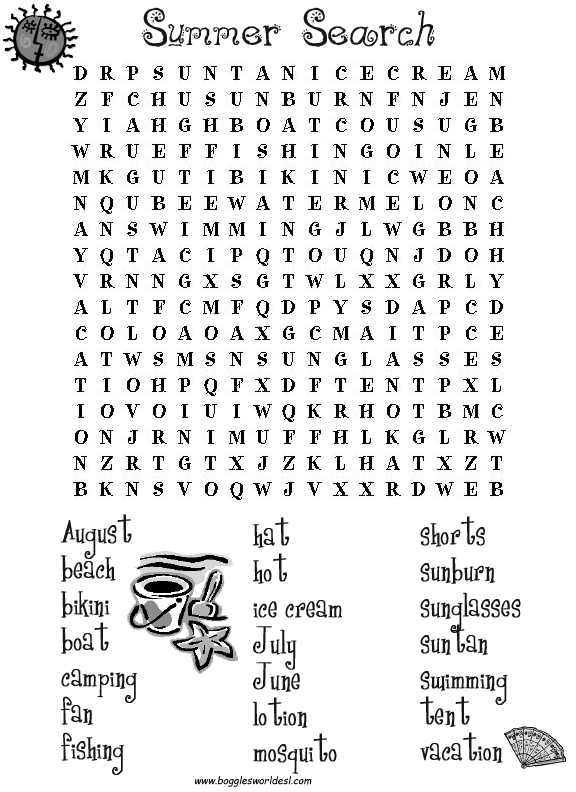



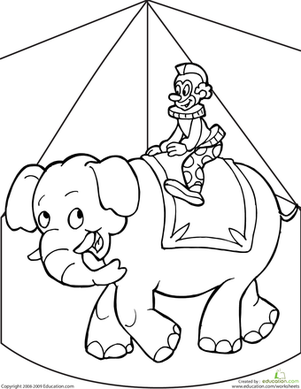
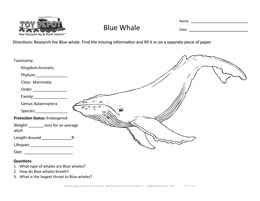
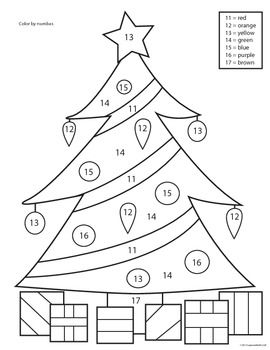
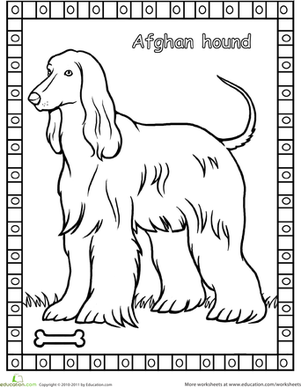

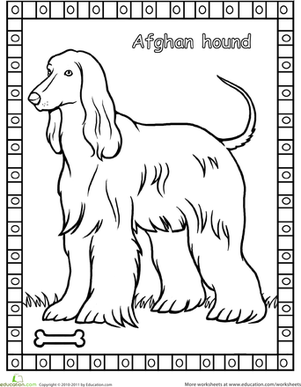
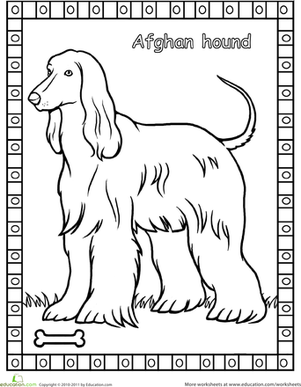
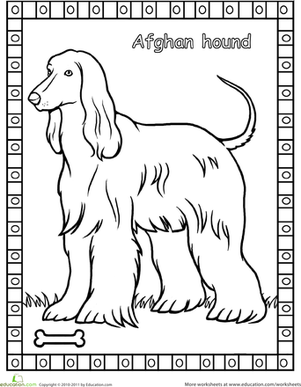
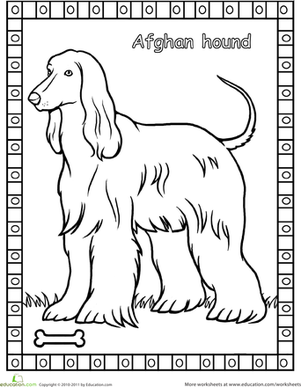
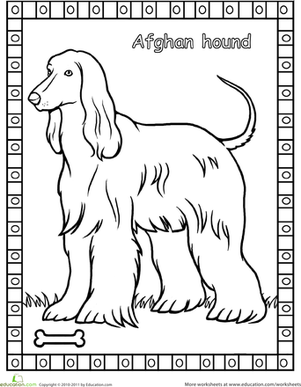
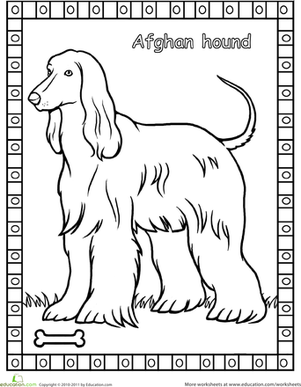
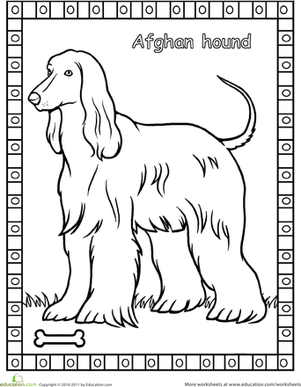
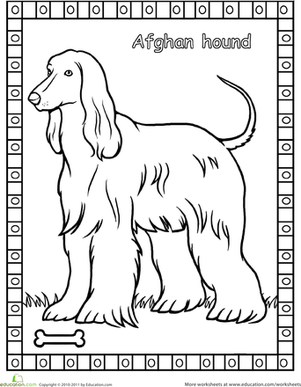
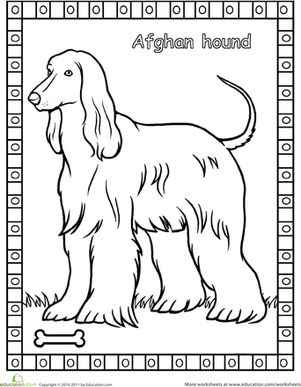














Comments